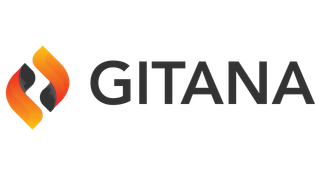Safe Evolution of Content Models with Branching and AI
| About this Article |
Why Content Modeling Deserves Engineering Discipline
Content modeling defines the schema that underpins your digital content: its types, properties, data types, and validation rules. In a CMS or content platform, this schema is central to everything: storage, APIs, editorial forms, and downstream integrations.
Changing a Content Model is not trivial. Every modification must be evaluated in terms of:
- Purpose alignment: Does the content still fulfill its intended use case?
- Backward compatibility: What happens to existing and future content?
- Relationships and associations: Are linked types or references still valid?
- Editorial impact: Do forms, validation rules, and workflows still behave as expected?
- Integration impact: Will external systems that read or write content still function correctly?
Schema evolution carries risk. Some changes, like adding or deleting a property, are low-risk. Others, like modifying content type definitions or breaking associations, can propagate errors through your stack.
Branching as a Model Evolution Strategy
In software engineering, branching allows developers to isolate changes from the mainline (master or main) branch.
Work can proceed independently:implemented, tested, and reviewed, before being merged back to the master branch.
Applying the same principle to Content Models provides a lightweight mechanism for controlled schema evolution.
Instead of modifying the live schema directly or maintaining parallel environments, a content branch can hold experimental model definitions.
These can then be validated against sample or cloned content, ensuring structural integrity before merging into production.
Branching Enables
- Isolated change implementation — safe experimentation without affecting live data.
- Targeted testing — run migrations, validation checks, and application tests in a branch context.
- Governance and review — submit schema diffs for review and approval.
- Safe merging — once validated, merge the branch back into the master model.
Compared to managing a separate staging CMS or project, branching is lightweight and automatable.
It aligns schema management with modern DevOps and GitOps practices.
Caution: Schema Migration Still Requires Planning
Branching doesn’t eliminate complexity; it localizes it. When a branch introduces structural changes that affect persisted content, a migration plan is required.
Conversion logic, data transformations, and validation routines should all run inside the branch before merge.
Automated testing and content diffing help ensure that no data corruption or orphaned relationships occur post merge.
Treat Content Model branches the same way you would treat database schema migrations — versioned, tested, and reversible.
AI Assisted Model Evolution
The next logical step in this workflow is automation. AI can now analyze large volumes of content and recommend schema changes, adding properties, suggesting new content types, or refactoring relationships.
Integrating AI into the branching workflow allows for controlled automation:
- AI proposes schema modifications within a sandboxed branch.
- Automated tests run to validate referential integrity and API compatibility.
- Human review evaluates whether to approve and merge the branch.
This creates a governed feedback loop where AI improves model adaptability without compromising stability or compliance.
AI generated schema evolution can also be integrated into continuous delivery pipelines. For example:
- Running AI driven analysis nightly to detect emerging content patterns.
- Auto-generating migration scripts for review.
- Deploying accepted schema updates into test environments.
